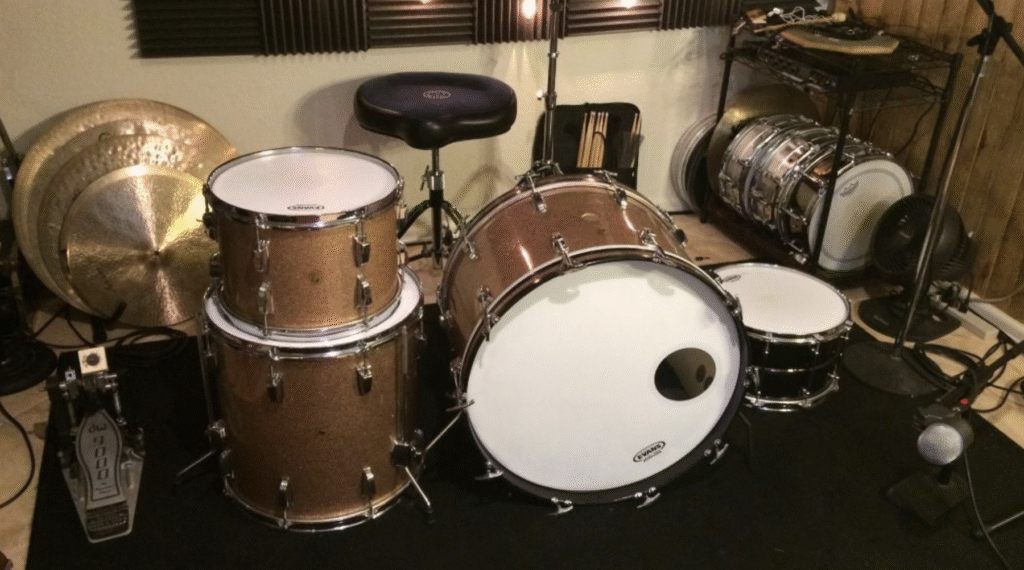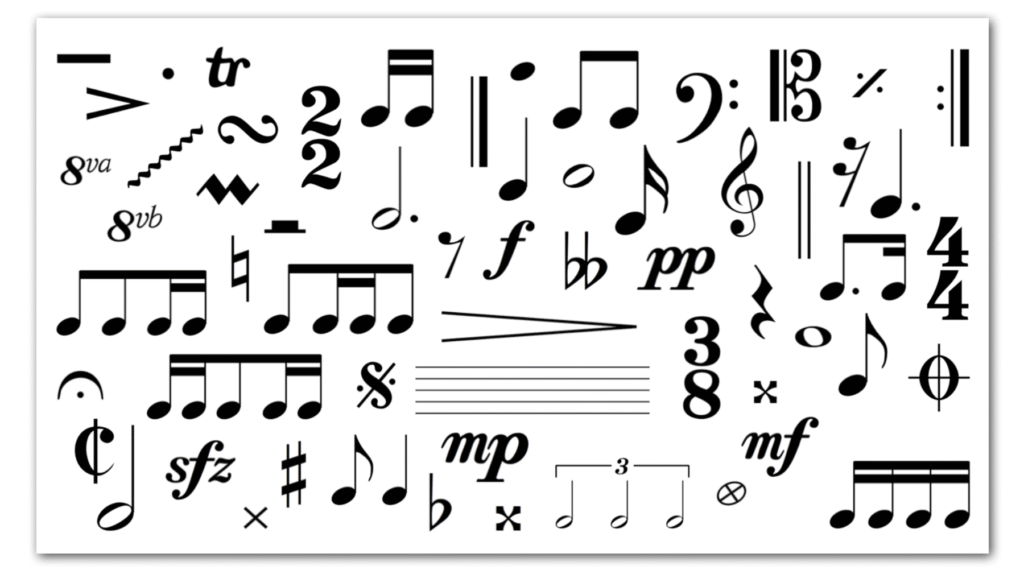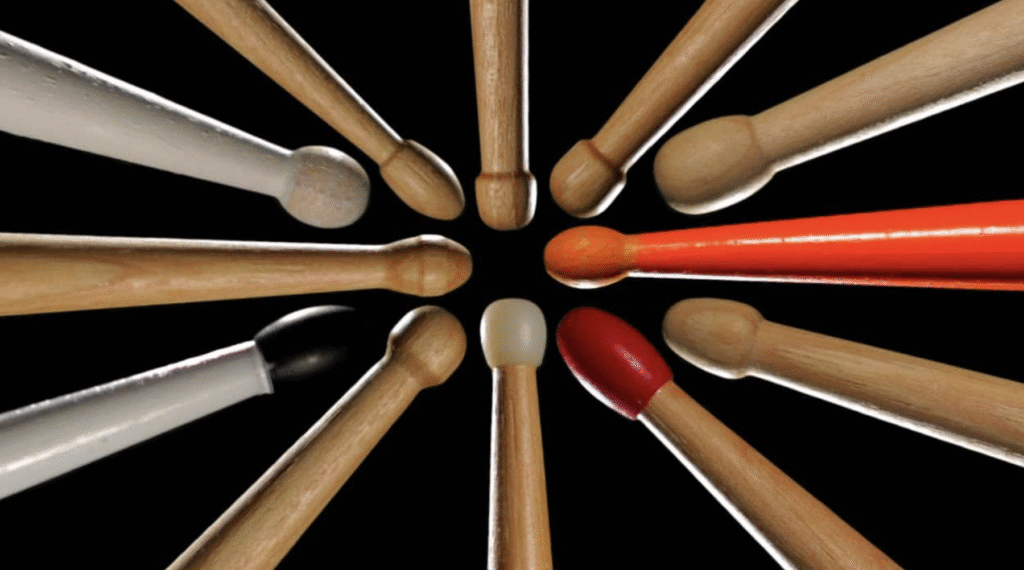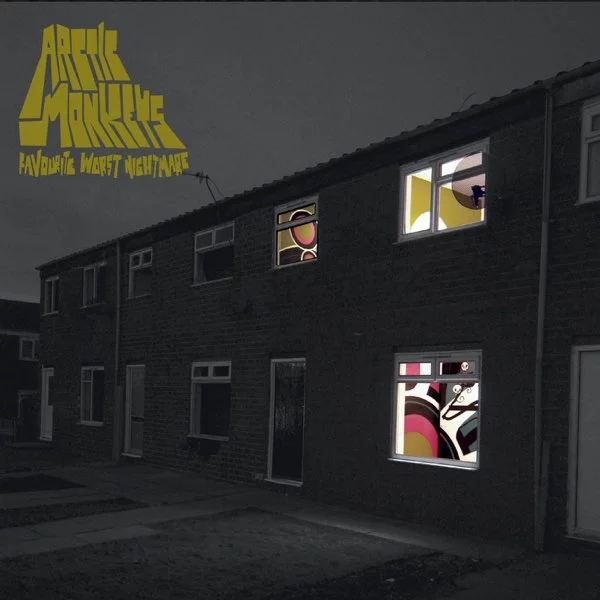Paradiddle Drum Rudiment
The paradiddle drum rudiment is one of the most important patterns every drummer should learn. It offers a mix of control, creativity, and speed. You’ll hear paradiddles in everything from jazz to rock, and even in marching band cadences. Mastering this rudiment can take your drumming to the next level.

The Paradiddle is named after the sound the sticks make as you play it. This is what a Paradiddle looks like written with drum music. R = Right hand L = Left hand.
What is a Paradiddle?
A paradiddle is a sticking pattern that alternates between single and double strokes. The basic paradiddle goes:
Right-Left-Right-Right, Left-Right-Left-Left
It’s written as: RLRR LRLL
Although simple in theory, the paradiddle builds essential control and hand independence. Since the pattern alternates leads, it develops ambidexterity as well.
Why the Paradiddle Matters
Many beginner drummers start with single and double strokes. While these are useful, paradiddles add variety and flow. Additionally, they help with transitioning between different rhythmic ideas. You can use paradiddles in fills, grooves, and solos.
Moreover, paradiddles improve dynamic control. Because of the alternating sticking, one hand often accents the beat. This naturally improves ghost note placement and timing.
Learn the Paradiddle with a teacher at kiwi drummer.com
Variations of the Paradiddle
Once you’re comfortable with the basic form, try these variations:
-
Double Paradiddle: RLRLRR LRLRLL
-
Triple Paradiddle: RLRLRLRR LRLRLRLL
-
Paradiddle-diddle: RLRRLL LRLLRR
Each of these patterns brings new challenges. However, they also expand your musical vocabulary. Practicing these will prepare you for more complex rhythms and transitions.
How to Practice the Paradiddle
To get started, use a metronome set to a comfortable speed. Begin slow and increase speed gradually. Focus on even spacing between notes. Use a practice pad or snare drum to develop consistent rebound.
Here’s a practice approach:
-
Slow repetition – play each paradiddle pattern slowly and cleanly.
-
Accent variation – accent the first note of each group (e.g., the ‘R’ or ‘L’).
-
Use both hands – lead with the left hand for half the exercise.
-
Apply to drum set – move the right hand to the hi-hat or ride and the left to the snare.
Gradually, you’ll notice increased smoothness and precision in your playing.
Using Paradiddle Drum Rudiment in Music
One reason paradiddles are popular is their musical flexibility. For instance, you can use them to build grooves with ghost notes. Additionally, they can fill time creatively without sounding robotic.
Imagine a rock beat where your right hand plays the hi-hat and the left hand accents the snare. By inserting a paradiddle, you add texture and movement. This approach works especially well in funk, fusion, and progressive rock.
Furthermore, paradiddles are excellent for fills. You can orchestrate the pattern across toms and cymbals for exciting results. For example, try playing the “R” on the floor tom and the “L” on the high tom.
Common Challenges and How to Fix Them
Even though paradiddles are straightforward, beginners often face a few hurdles:
-
Uneven strokes: Focus on playing each note at the same volume when unaccented.
-
Speed plateaus: Practice with bursts—short sets of faster repetitions to build endurance.
-
Poor transitions: Alternate between paradiddles and other rudiments to build versatility.
To overcome these issues, incorporate paradiddles into daily warm-ups. Try combining them with groove practice to develop real-world applications.
Paradiddles and Foot Patterns
As you advance, try integrating footwork. For example, play paradiddles with your hands while keeping quarter notes on the bass drum. This challenges your coordination and independence.
Later, you can flip it—play the paradiddle with your feet and solo with your hands. This may seem advanced, but it builds full-body control and polyrhythmic skills.
Final Thoughts on the Paradiddle Drum Rudiment
The paradiddle drum rudiment is more than just a basic sticking pattern. It’s a foundational tool for creativity, speed, and control. Whether you’re just starting out or looking to refine your skills, paradiddles deserve a spot in your practice routine.
Keep practicing with intention. Start slow, stay consistent, and challenge yourself. Eventually, your paradiddles will become second nature—and your drumming will thank you for it.













